The Chatham Arts Council is investing in artists through our Meet This Artist series, introducing you to 12 Chatham County artists each year in a big way. The fine folks at Hobbs Architects in downtown Pittsboro are powering our Meet This Artist series this year. Architecture is art, and the Hobbs crew values art in our community.
Take a look. Meet your very inspiring neighbors. Meet This Artist.
In the wonderfully weird and cozy ambiance of Pittsboro’s Café Diem, coffee aromas and the soft strains of “Across the Universe” fill the air. Photographer Lea Ciceraro, with her cascade of curly hair and her meaning-full tattoos, nestles onto a plush couch. Lea delves into her life, artistic process, and love for encaustic photography–printing images on surfaces like paper or fabric, and then fusing those images with layers of molten wax and pigment.
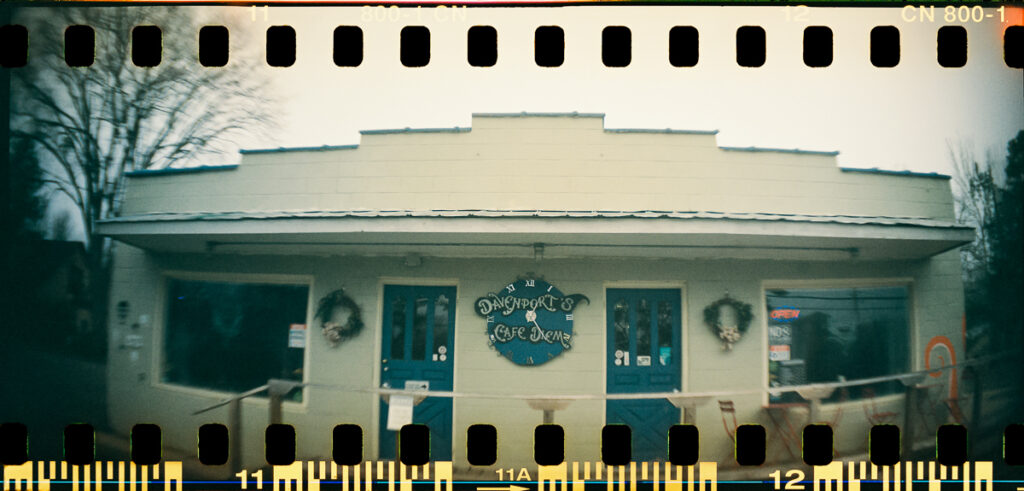
What is your artistic “origin story”? Did it begin with photography or another medium?
No, it was definitely photography. My dad taught me when I was a kid, in the 90s at some point. I can’t quite pinpoint what age, but I think it was before I was ten. He taught me on his old Nikkormat film camera. He still has the receipt from …1972, I think he bought it in? And then I got that tattooed on me, my first camera.
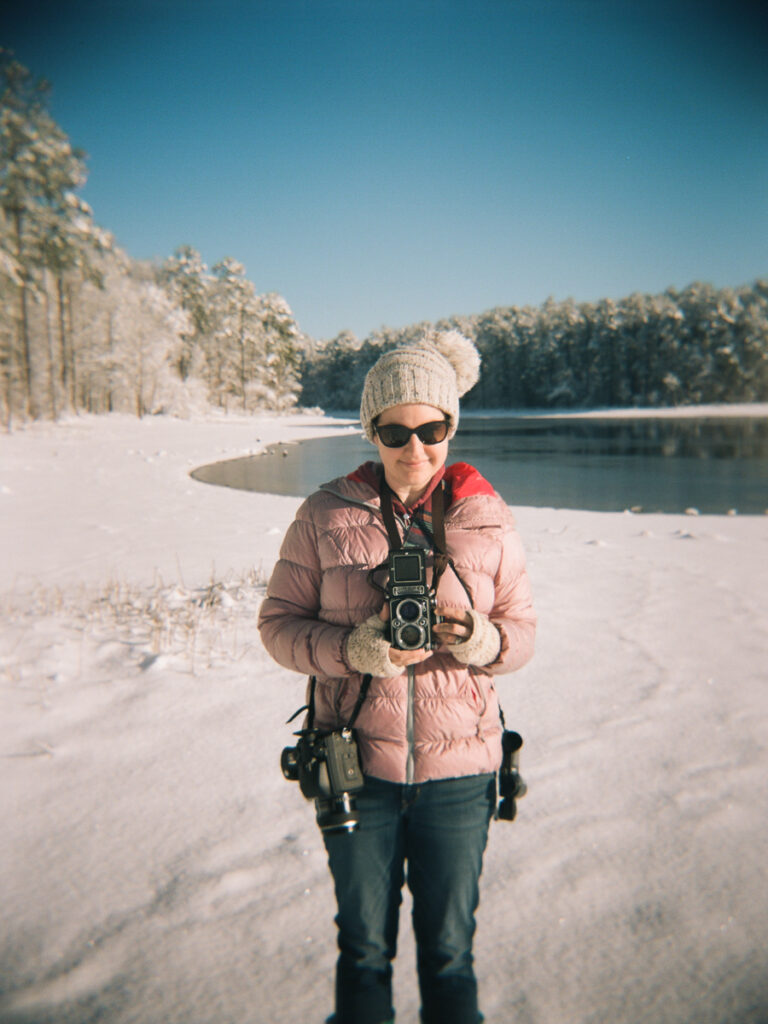
So that’s what started it all. He would take me on road trips in the southwest, in New Mexico, and he would teach me how to take photos with his camera, all manual, of course, film. This was before all the digital cameras came out. So, I got really into it. I think they were also just trying to give me something to do. I think I was always like, “Someone play with me! I’m bored. I need something to do!” Here’s the camera! And then it just became a thing at gift-giving occasions: a new camera.
I took at least one photography class in high school and then some art classes. My husband and I met almost 25 years ago–so we’re high school sweethearts–and took art classes together in high school. When I went to college, I was going to minor in art, but the first art class I took had a terrible teacher. He was just really discouraging, and not supportive, and really overly critical in ways that he didn’t need to be. And not in a helpful way, because critique can be helpful. But it wasn’t helpful, just really dismissive, and so it was a bad enough experience where I was just like, “I don’t even wanna major or minor in art!”
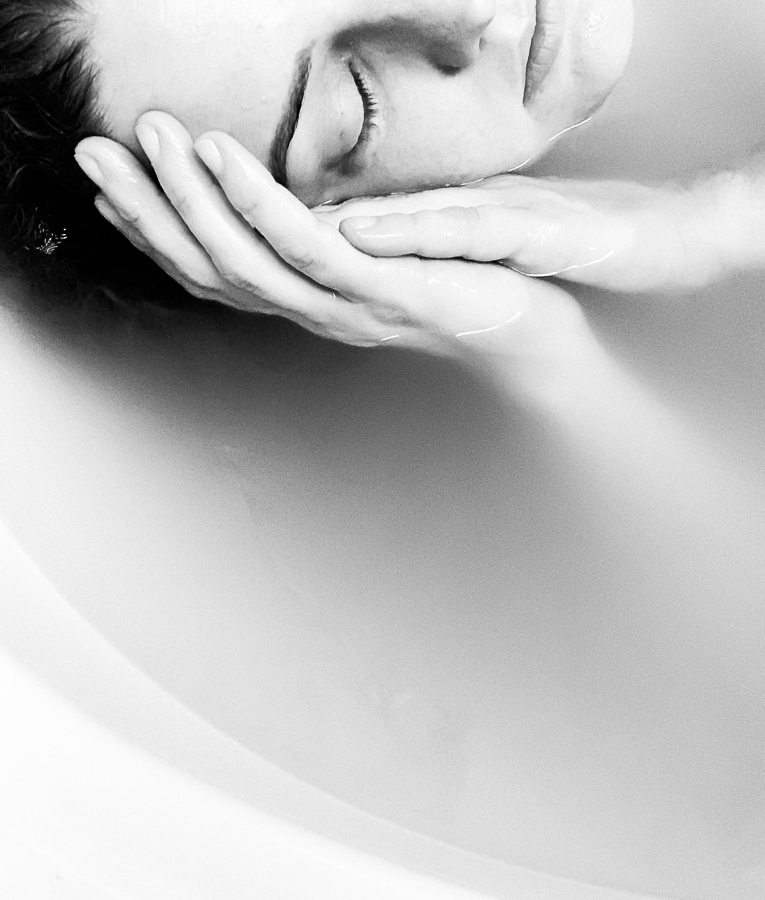
And your professional journey?
My first job in San Diego was working for the San Diego Padres as a photographer. They needed an intern. I had no interest in baseball. I’m not a sports person; I’m an art person. I kind of dismissed it at first, but I ended up really loving it! The photographer I worked with was really technically skilled and got me comfortable with being quick on my feet. It’s baseball; it’s gotta be fast! It was a really interesting way to learn.
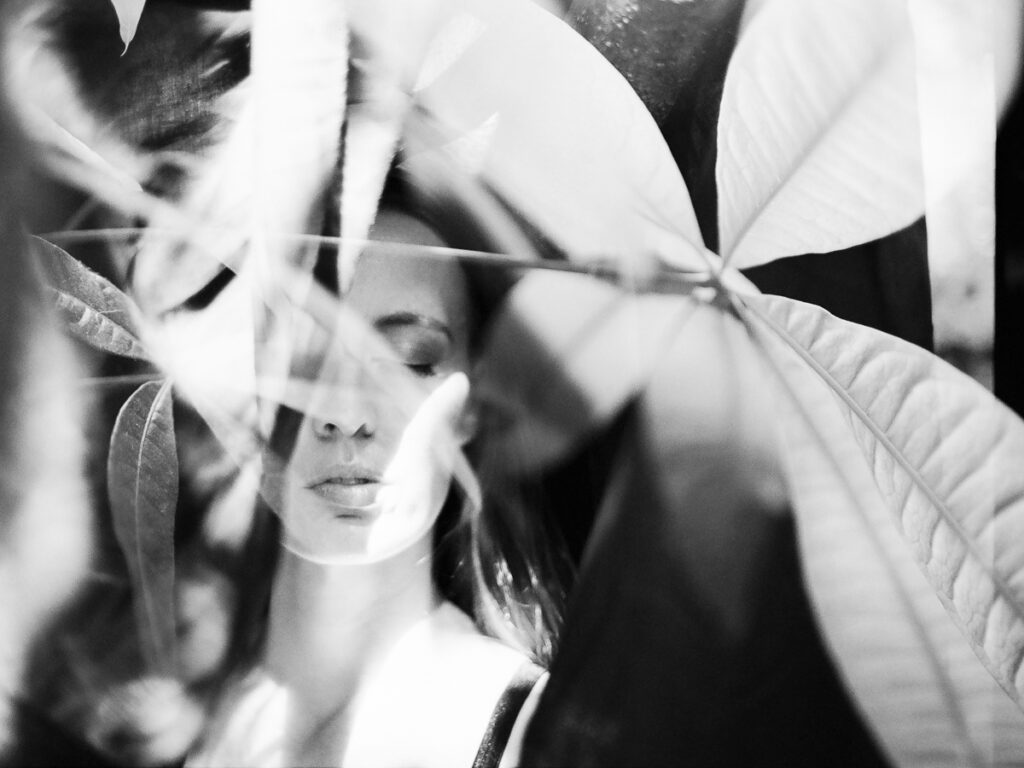
There is a difference between learning in the classroom and learning under a mentor, on a job.
Yeah, I guess most of what I’ve done has been self-taught, except for the fundamentals that my dad taught me: aperture, shutter speed, the basics of composing an image, light sources, all of that.
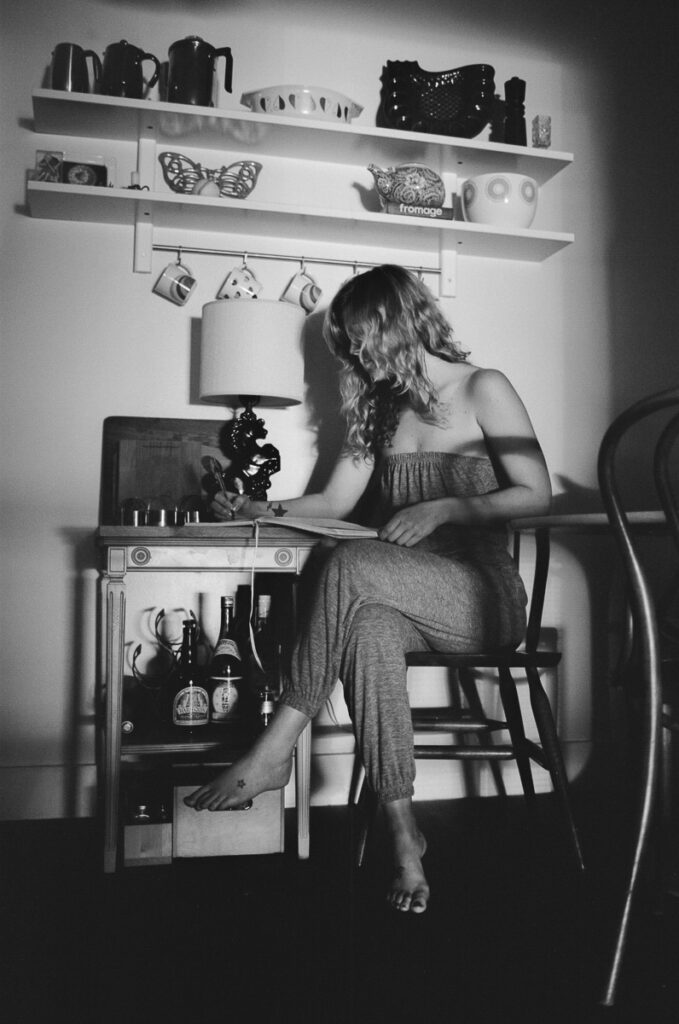
Classrooms are tricky for me, especially for art and photography. I feel like I’m always kind of a rebel. They have assignments, and they want things done a certain way. There’s not enough leeway to interpret it how you want. I feel like art is so subjective, and you should be able to do that. I think I made my high school art teacher upset on more than one occasion because I just did not want to do the project how she wanted me to do it.
I liked learning on the job with a mentor more than a class setting because it’s more adaptable to what’s coming up at any given moment. You don’t have to follow a lesson plan or an assignment; it’s just the parameters of the day. It’s more fluid.
What kinds of subjects are your favorite to shoot?
Right now, honestly, the thing I love the most is photographing my own family. I think a lot of that changed during the pandemic. I was always kind of photographing them, but before the pandemic I had a lot of time to photograph other things, other people, places, travel, and then the pandemic hit and everything came to a halt. It was hard to be motivated to create anything at all. So recently, I’ve been photographing my own family more. And when I get that film back from the lab, it’s so moving. My kids are growing up so fast. Life feels short and fleeting, and I just want more and more of it documented.
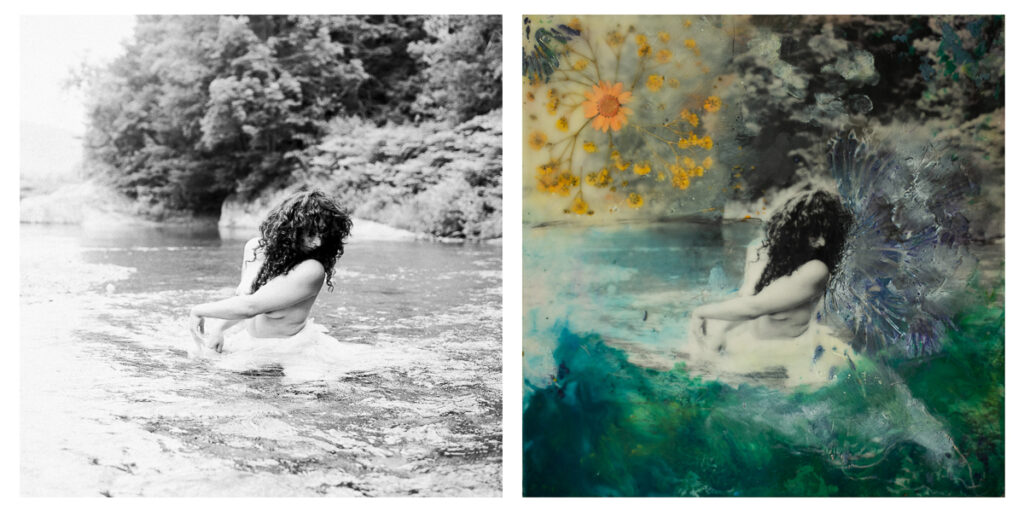 I really love starting with a woman (as a subject) for my encaustic work. It’s the relatability: a woman photographing a woman. It’s everything a woman goes through in life, in society, in this world, everything that encompasses their own inner story, everything they keep inside and don’t normally share with others. I like to connect with them and photograph them in a way that feels like them. So it takes talking to them and spending time with them before photographing them.
I really love starting with a woman (as a subject) for my encaustic work. It’s the relatability: a woman photographing a woman. It’s everything a woman goes through in life, in society, in this world, everything that encompasses their own inner story, everything they keep inside and don’t normally share with others. I like to connect with them and photograph them in a way that feels like them. So it takes talking to them and spending time with them before photographing them.
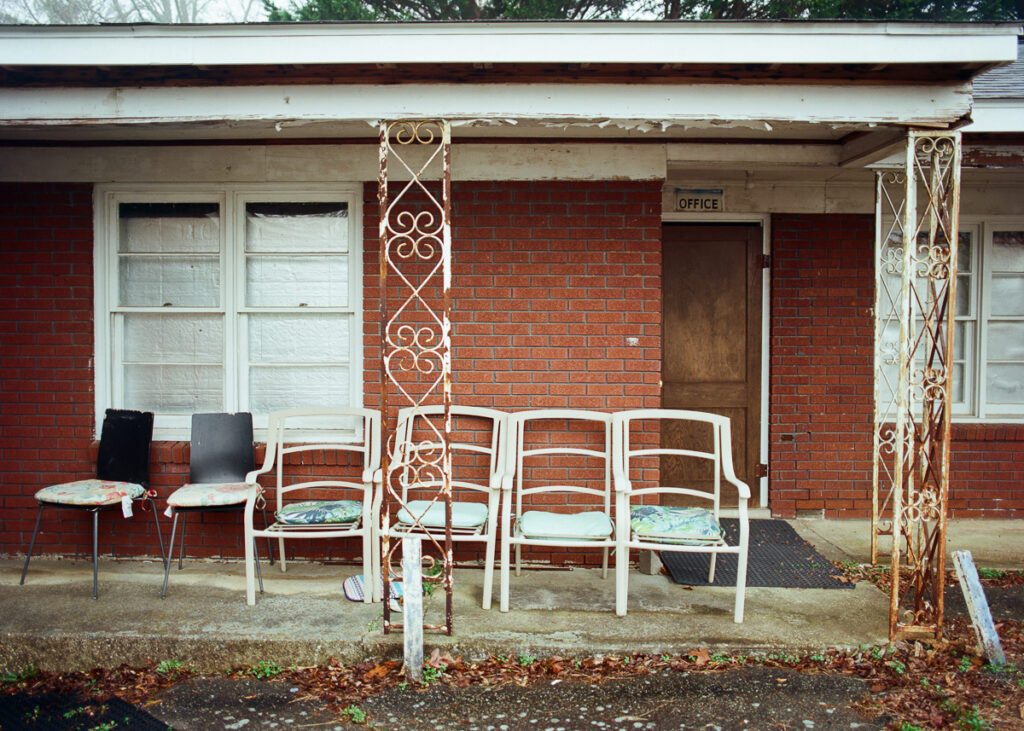
I love photographing new places, either through traveling or even just where we live. I mean, hitting up another small town nearby or some streets and roads I haven’t been down. I love all the old houses around here, in the woods, that you usually don’t see until everything dies back in the winter. Suddenly it appears, and you’re like, “I didn’t know that was there!”
What does this next era look like for you as an artist and photographer?
After a retreat I went to last summer, I just felt rejuvenated with art again! I was definitely stuck. Like, that pandemic stuckness. But I got reinspired, applied for the Artist Support Grant and then I got it, which was amazing and super encouraging!
Now I’m muddling my way through film development at home, which is a lot of fun and really stressful! It might not be great for someone with anxiety. I’m sitting there developing film and having to watch the clock every minute for the next eight and a half minutes. My attention! Wait! Focus. One wrong move and you’re hosed! But it’s fun. It’s really rewarding.
So, I spent the first half of the year learning the basics and figuring out all the right supplies I need, thanks to the Artist Support Grant. I’m looking forward to learning it better and better, because there is so much control in that process that will affect how that photo looks in the end. I’m really excited to have that creative control.
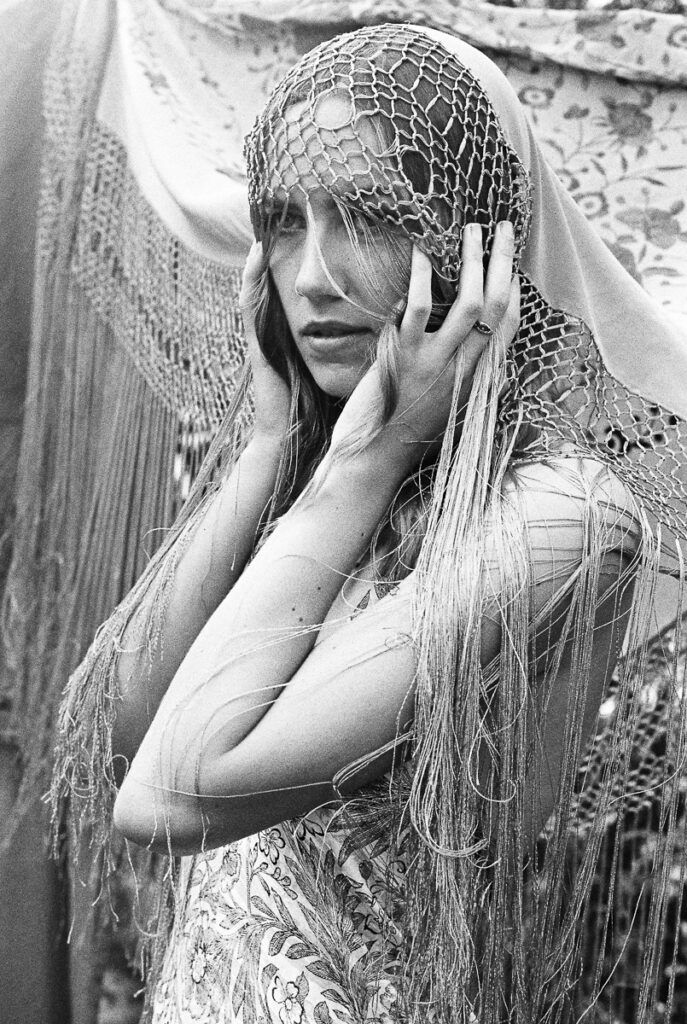
Lea pretty much always has a camera in her hand. To support Lea’s work, check out her portfolio on her website, and buy her prints and postcards on Etsy.
And if you’re interested in applying for an Artist Support Grant, check out the info here, and be sure to sign up for the online information session on July 20 at 4 p.m.
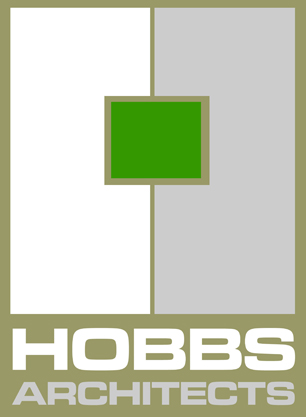
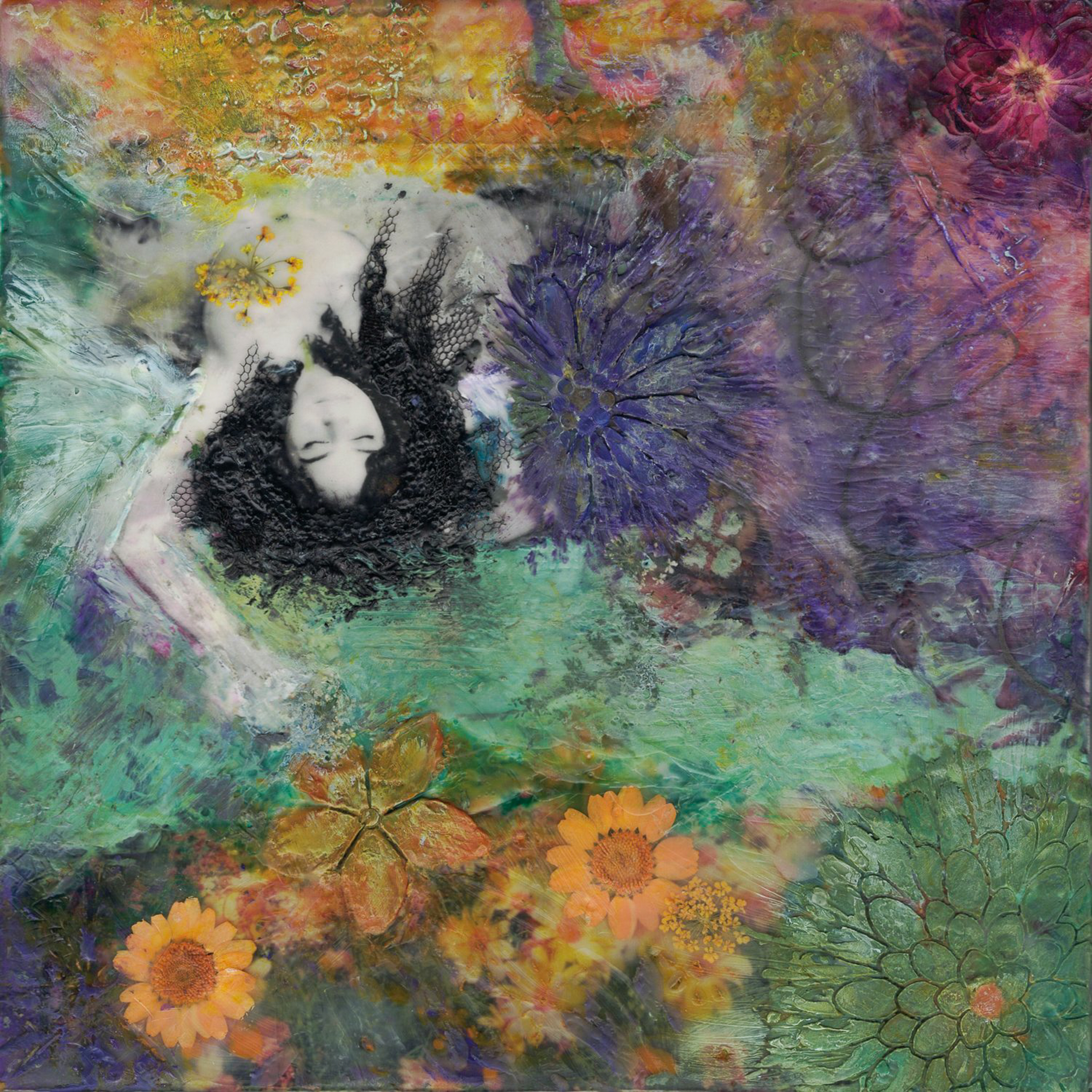
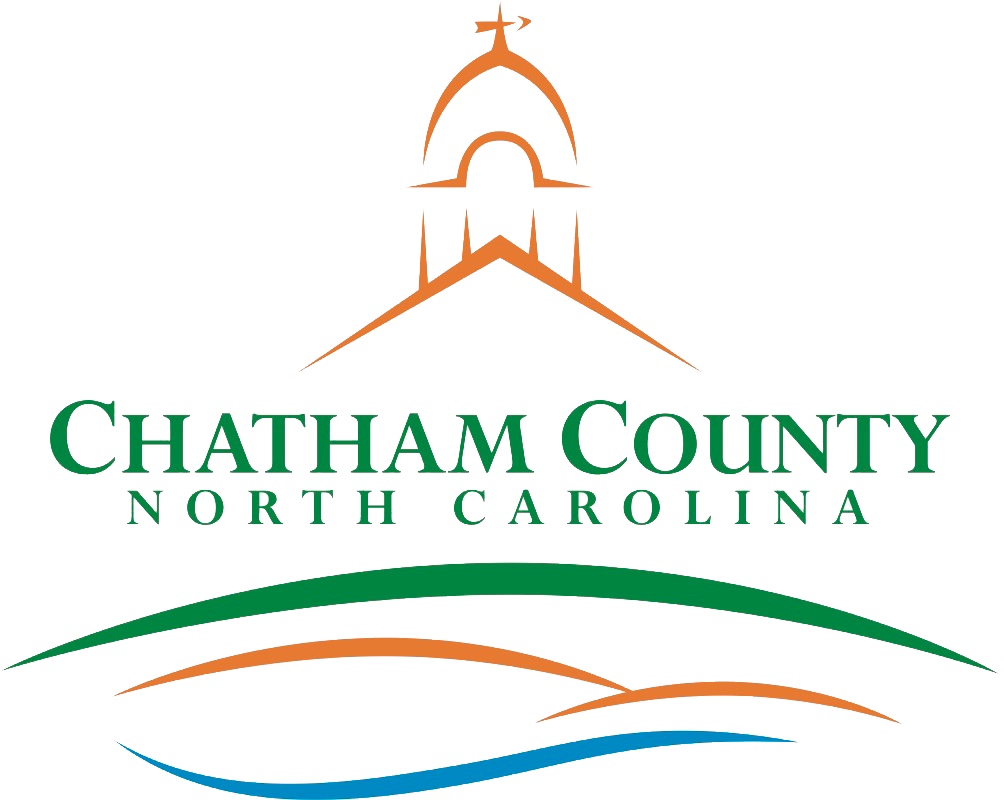

Leave a Reply